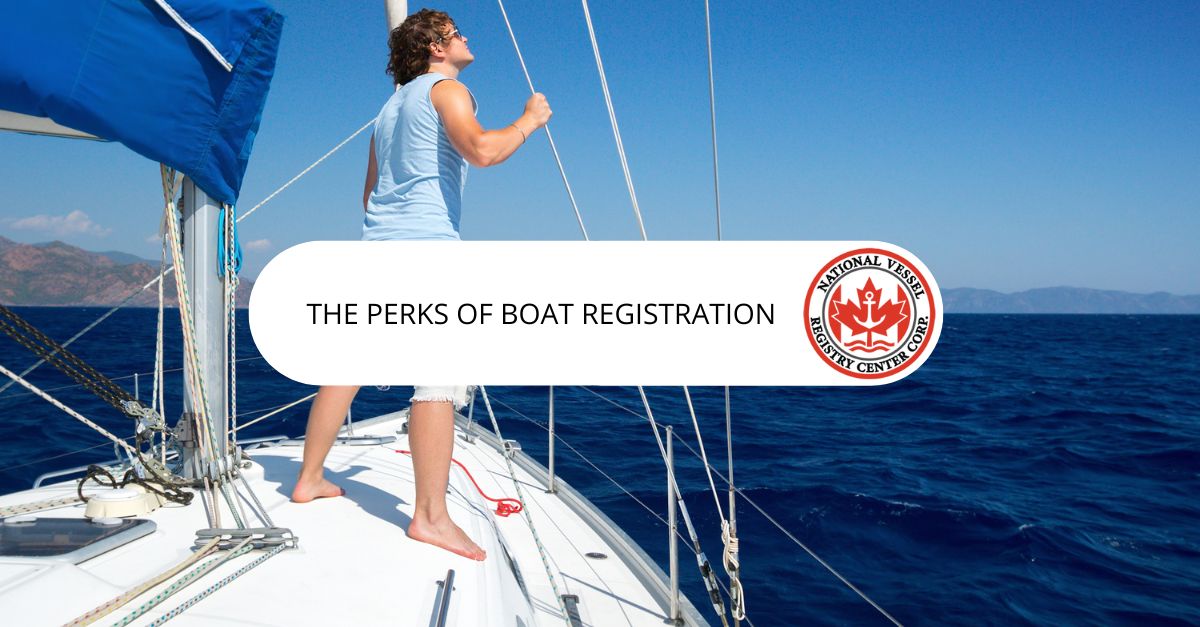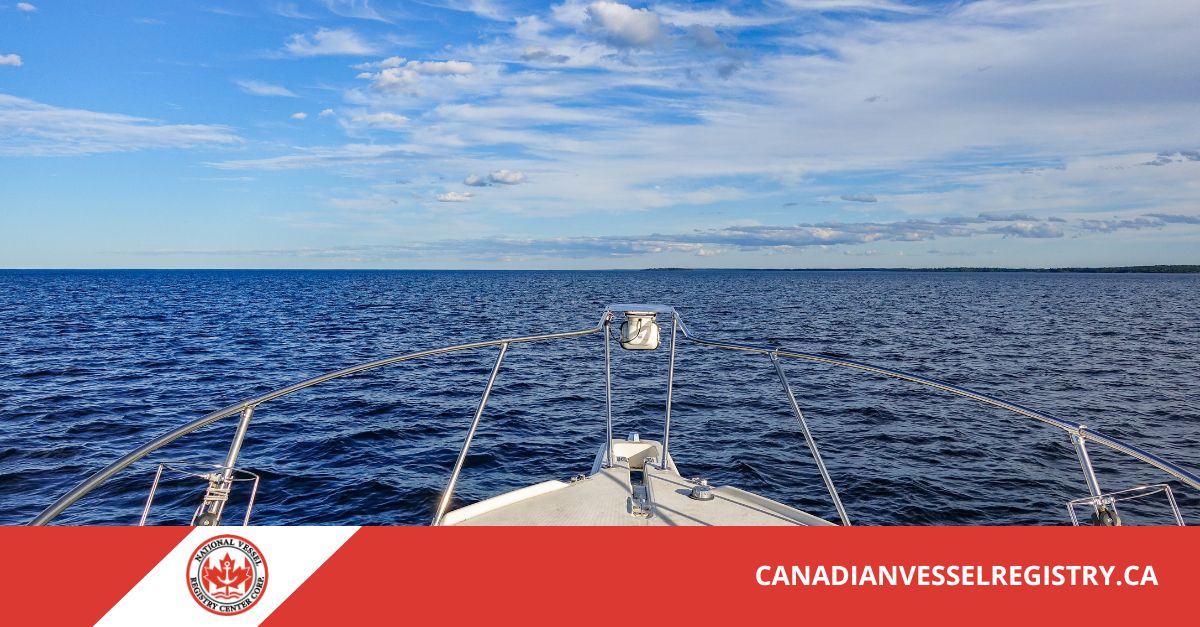Did you know that having a registered boat has its benefits? Your boat registration number serves as its unique identifier in case of a calamity on a Canadian waterway. If your vessel is damaged beyond repair, the registration number is there to prove, in part, that you own the boat.
Aside from that, registering your boat allows you to display its name proudly alongside your chosen port of entry. You can even fly the Canadian flag! If you’re considering financing your pleasure craft, obtaining a registration number is required.
Both Canadians and residents who are protected by the Immigration and Refugee Protection Act may license or register a boat in Canada. Under this act, you can still register your boat even if you have not obtained the rights of citizenship. Corporations aren’t left out either. As long as they’re legally backed by national or provincial laws, they can register a boat.
Licensing Versus Boat Registration
While all boats that have a 10-hp motor require a pleasure craft license (PCL), not every boater needs a registration number. If your boat isn’t already registered, licensed, listed, or recorded in another foreign state or nation, you’ll need to register it in Canada. No need to worry if you have a boat registered elsewhere; for instance, sailing your boat, which is registered in Maine, to Canada for the summer is legal.
Why You Might Want to Register Your Boat – Voluntarily
Owning a pleasure craft doesn’t mandate registration in Canada as long as there’s already a license. However, registering voluntarily may offer additional benefits and legal protections – particularly at international borders if you plan to sail far away.
Understanding Boat Registration Numbers
Boat registration numbers usually start with two letters signifying their province of origin. For commercial boats, these letters often begin with a “C.” Following the letters are seven digits unique to your vessel.
You should post your registration numbers on each side of the boat’s hull so it can be easily identified. You’ll also have to add the boat name and port-of-entry (next to each other) on the hull as well. On commercial vessels, the registration number is displayed on each side of the boat’s bow. The vessel name and port-of-registry are placed on the stern.
Boat Naming Essentials
Ensure your chosen boat name is original and hasn’t been claimed in the Canadian Vessels Registry. To avoid delays, it’s a good idea to have three potential names handy when registering. You can also reserve your preferred name for up to 12 months while sorting out the paperwork – this prevents others from grabbing it first! Make sure the name is easy to pronounce and, of course, that it’s original. Preferably, create a water-related name that listeners can easily remember.
Registration Fees and Applications
A first-time vessel registration currently costs $250.00. Changing an existing boat’s registered name also comes with a $250.00 fee. The application form will require information about your boat, such as its propulsion method, length, and tonnage.
Evidence of Ownership – A Must
Canada takes boat ownership seriously to prevent the theft of registrations or unlawfully sold boats. Typically, your boat’s title with your name and the previous owner’s signature should suffice in this case.
Other acceptable documents include statutory declarations (if you acquired the boat through a declaration), wills, divorce agreements, court judgments, or bills of sale.
Measuring Your Vessel’s Tonnage
Include your boat’s tonnage in the registration application. Tonnage falls into two categories: calculated and non-calculated (assigned formal tonnage).
Calculated tonnage is based on the boat’s length. Alternatively, you can have a professional measure your boat’s tonnage to confirm it.
Update Registration Details, As Needed
If your boat undergoes changes (e.g., new ownership or significant alterations like color schemes), you must update its registration within 30 days. You’ll then receive a new certificate of registry – remember to keep it on board at all times!
Handling Boat Ownership Transfers
When selling your registered vessel, updating ownership is essential. Include a copy of the sale bill and a Statement of Qualification during ownership transfer requests. If selling to a foreign corporation, they must complete an Appointment of Authorized Representative form as well.
Apply for Registration Through the Canadian Vessel Registry
Boat registration is easier than you think. So, is obtaining a pleasure craft license (PCL). Visit the Canadian Vessel Registry now to begin the application process.


